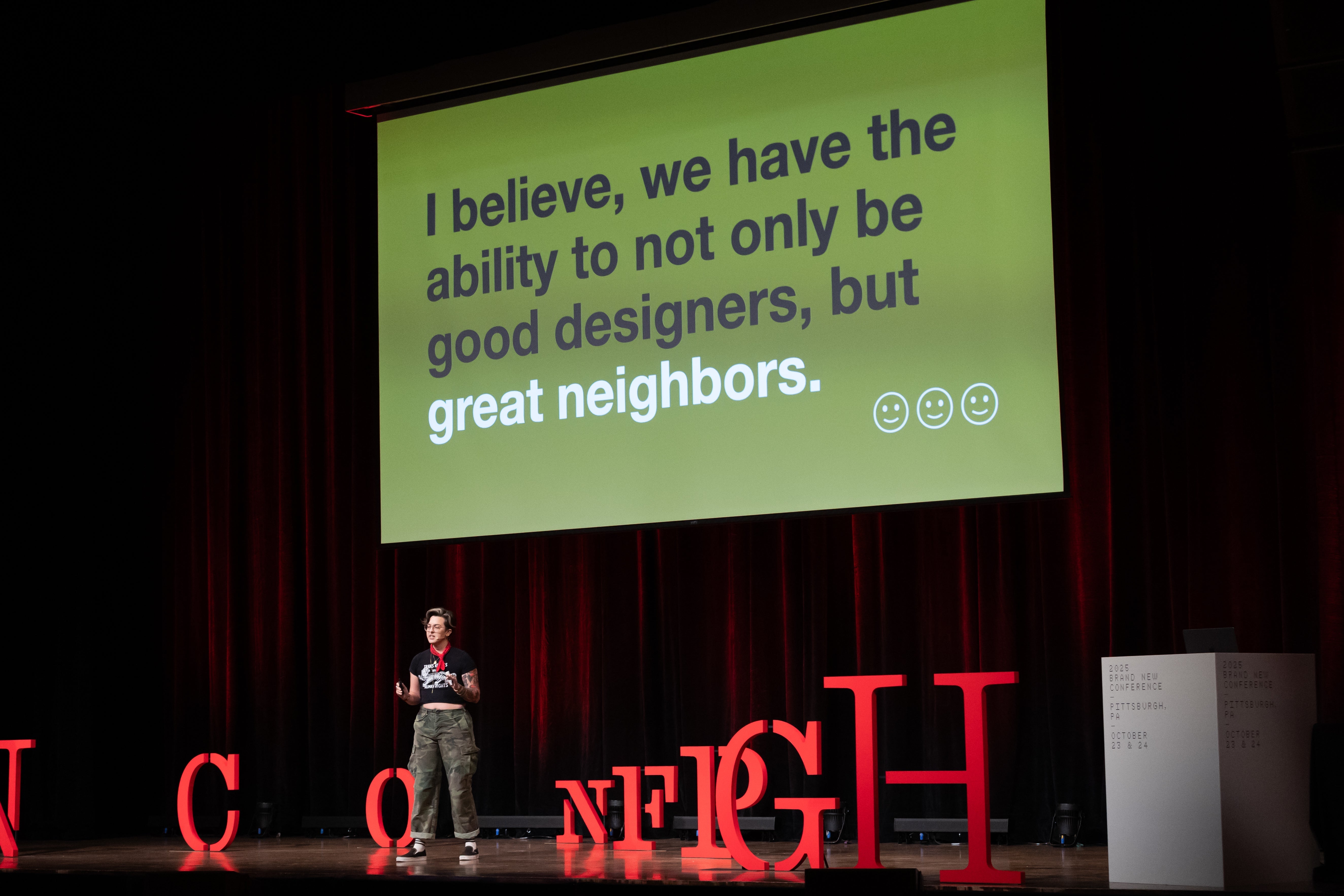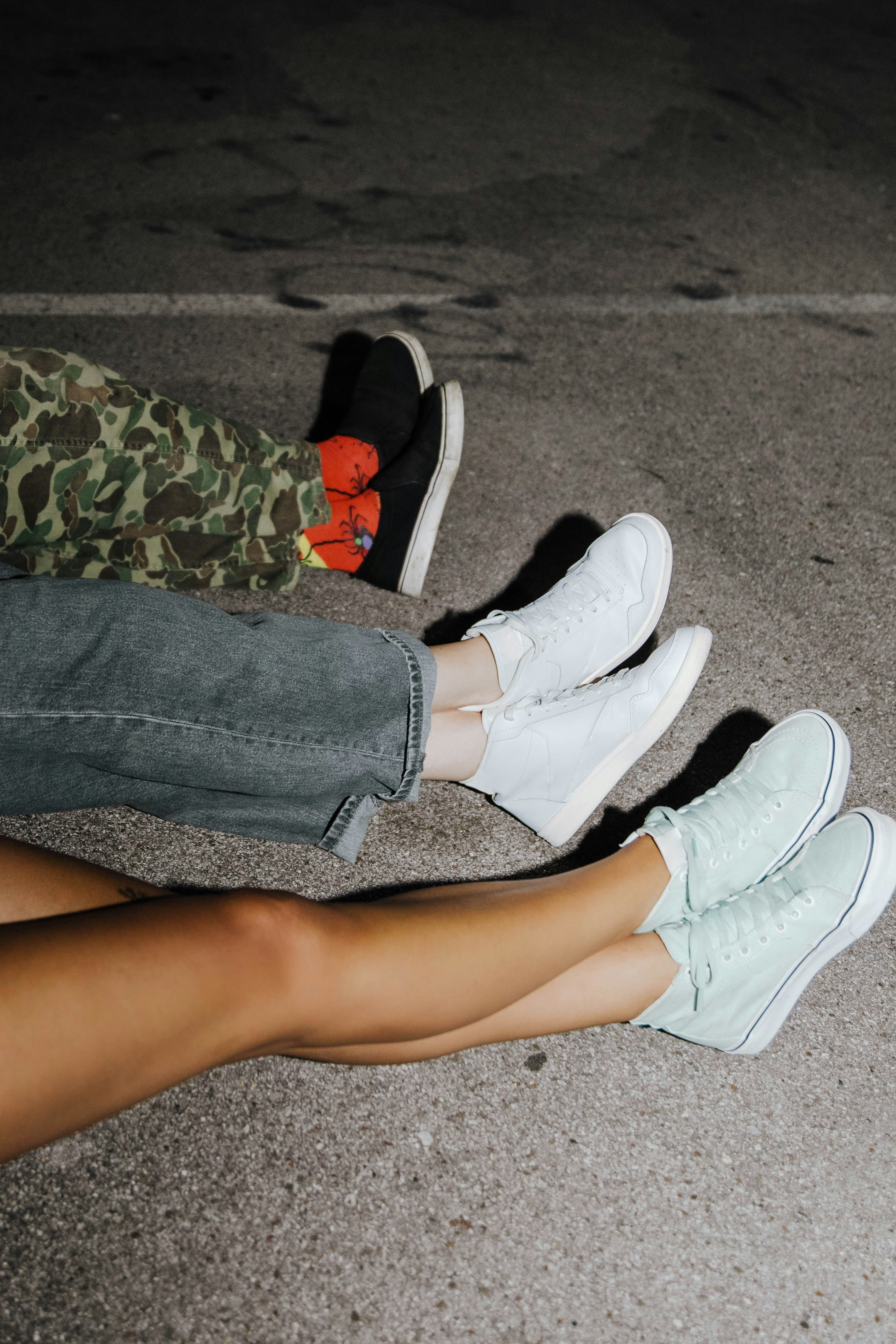Vulnerability is a HOT topic these days. We’re opening up and getting real with what’s going on in our lives. I mean, who haven’t you seen with a copy of Brene Brown in the last few years? You don’t hear too many people talk about what that means for your business, though. So, pull up a chair, and let’s dive in.
First, let’s talk about what vulnerability is. Vulnerability means being open, physically, emotionally, socially, environmentally, or economically. Being vulnerable opens you up to risk, which is why it’s so scary. Even skimming the first Google page for ‘vulnerability,’ you see words like, ‘uncertainty,' ‘bribery,' ‘manipulation,’ ‘attack,’ ‘harm.’ There’s a reason humans have been on this planet for so long and not seen vulnerability as a viable attribute to incorporate into their daily living.
Yes, being vulnerable is scary, but in this generation, it’s necessary.
For more than a hundred years, our world has been feeling the economical, social, and personal impact of the industrial revolution. Mass production lead to stifled individuality, creativity, intuition, and - you guessed it - vulnerability. There was no room for independence in the world of widgets and assembly lines.
Leave it to artists to be your social and cultural rebels. You see marks of rebellion in periods like Art Nouveau (1890-1910) with a focus on the feminine and organic. Shortly after, you see it in the Art Deco/“Roaring 20’s” (1920-30) with sexual exploration, the rise of jazz, and hidden speakeasies. Many decades later, you see a revival in the ‘60s and ’70s leading to female empowerment, civil rights movements, and radical hippie art.
In our generation, you see this return in the form of radical self-acceptance, sexual exploration and fluidity, the rise of the maker/craftsman (a direct rebellion to mass-production), and the rise of vulnerability.
So, let’s talk now about what that means for you as a business.
As a business, being vulnerable means showing up as a real person, providing thoughtful and anticipatory solutions for your audience who are real people with real needs. The age of the “user” or “customer” is dead. The age of ‘things’ and ‘products’ is dead. We have been in a collective hangover for years from being treated like cattle in the world of mass-consumption. We’re ready to interact with people, we’re ready to engage, we are ready to experience.
Here’s a quick example: how many times have you called customer service and an automated recording met you on the other end? How many of those times have you been so frustrated because you just want to talk to a real person? If you’re like me, the answer is ‘every. single. time.’
Here’s another bigger example of vulnerability in business that’s been one of my favorites for years. Back in the early 2000’s, Domino's was well-known for being one of the worst pizza chains in the country. People would rather buy store-brand pizza in the freezer aisle than order a convenient pie from home. In 2009, Domino’s launched their ‘We’re Sorry for Sucking’ Campaign - and it was genius. They were completely transparent about the bad reviews they’d been receiving, the deception in food photography, and gave open and direct solutions to what they were going to do about it. Since delivering (pun-intended) on their promises, Domino’s has more than doubled their market share percentage and is back in the running for your Friday night routine.
Okay, last one: We’ve seen many fashion brands boycotting the traditional modal of overly-Photoshopped and manipulated bodies. Aerie by American Eagle is one of the louder and more successful examples of that today. Not only will they not manipulate models anymore, but they are choosing to use *real* people to represent their line of lingerie, swimwear, and athletic wear.
The difference between the failure of the first example and the success of the latter two is simple: they brought vulnerability and humanity into their brand.
So, how do I do this for my own brand?
I’m SO glad you asked ; )
The first step is to know who your audience is intimately. Create an amalgam of your audience, name them, what do they do, what is their lifestyle, daily routine, habits, interests?
Second, how do you fit into their life by addressing challenges they have? How do you make their life easier? People don’t need more, people need better and simpler.
The last step is to show up for them like a real person. Talk at their level. Be consistent, confident, and trustworthy. Have a sense of humor. Show REAL people in your marketing and advertising. Create a thoughtful brand that people can resonate with. These days, there are so many options for people that the biggest deciding factor is how you make them feel about their choice.
If you follow these steps, I promise you will develop a sustainable and meaningful brand that connects with your loyal following.






Liked this post? Give it a share: